Float glass
Start on a strong, clear foundation
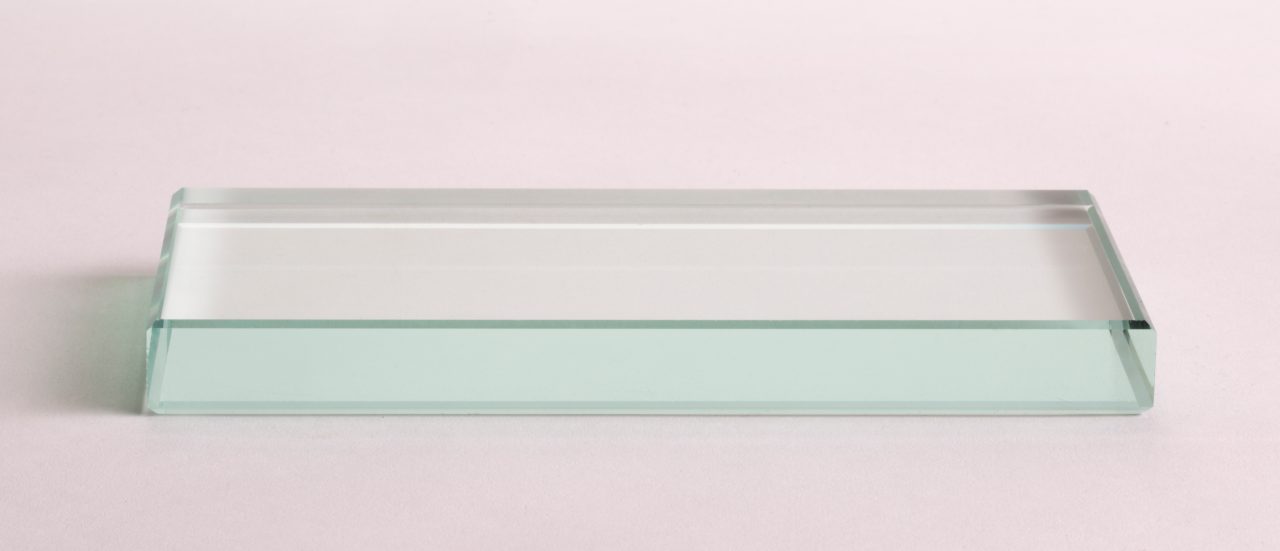
Great glass begins with high quality float glass that is valued for its high light transmission, optical clarity and adaptability. Manufactured using the float glass manufacturing process, float glass is a clear, distortion-free glass that can be produced in a wide range of sizes and thicknesses to suit many different types of architectural and interior applications. Float glass can be tempered, laminated, painted or coated to enhance its performance and aesthetics.
What are the benefits and properties of float glass?
Clarity
Float glass has high light transmittance, providing clear and undistorted views. Due to its crystal-like clarity, float glass has the incomparable benefit of connecting you with the surrounding nature, while protecting us from the elements. The natural daylight it allows into a building helps with the visual comfort of a building’s occupants, while lowering demand for artificial lighting.
Easy to process
During the float glass manufacturing process, the raw materials are melted to form a hot ribbon of glass, which is then cooled down in a controlled way to introduce into the annealed glass a uniform stress profile. An optimal annealing process helps ensure that the float glass can be cut easily during further processing.
Durability
Float glass can withstand the use of time, but it can also be recycled an unlimited number of times. Glass cullet (broken or recycled glass) is one of the raw materials used in the production of float glass. Having already been through the mineralization process, cullet can allow the energy required to heat the mix of raw materials to the fusion state to be reduced, while helping to reduce the quantity of natural raw materials needed to produce the same volume of glass.
Multiple design options
Float glass is the foundation of many other technologies. Adding a functional coating on the glass can help improve the overall energy efficiency of a building, while offering many different aesthetic options, from colored to neutral, from more to less reflective. Other technologies can be applied to float glass to modify its appearance, such as acid-etching to provide privacy while letting natural daylight in, or coated to become a high-quality mirror, or bent to inspire new designs.
What is float glass and how is it made?
Float glass is a type of flat glass produced through a process where molten glass is floated on a bath of molten metal (typically tin) to produce a uniform and consistent thickness, flatness and surface quality. This process results in high optical clarity, making it suitable for a wide range of applications, including windows, mirrors, picture frames, tabletops, and shower enclosures. Its versatility and durability make it a popular choice for many industries and applications.
The Float Glass Process
The principal ingredients in soda-lime-silica float glass include sand, soda ash, dolomite, and limestone. The quality of the produced glass depends on the purity and grain size of the input material. The float glass production process begins with the raw materials being melted in a furnace at approximately 2,900°F or 1,600°C. The continuous strip of glass exiting the furnace is known as the “ribbon”.
Forming takes place on a tin bath. The liquid glass floats upon the tin bath at approximately 2,000°F or 1,100°C, to achieve a flat, smooth surface without polishing. On exiting the tin bath, the glass is progressively cooled in the annealing lehr, which releases stress from the glass ribbon. A uniform stress profile supports the reliability of subsequent glass cutting operations. Laser sensors or high-resolution cameras installed along the line capture production data which is evaluated by yield-optimization software to direct a robotic cutting system. The ribbon is cut into stock sheets which are then prepared for storage. The sheets are sprayed with a separation material which helps to prevent scratches and sticking as the lites are arranged into packs.
Size and thickness
Standard float production dimensions can vary slightly depending on the region. In North America for example, the ribbon thickness can range from approximately 3/32” to 19/32”. The typical width of the float glass ribbon is 102 inches, and the maximum length is 240 inches. In Europe, the ribbon thickness can range from approximately 2 mm up to 19 mm. The typical width is 3,21 m and the typical length 6 m. In Brazil, the standard dimension for float glass is 2,4 x 3,21 m.
👉 Expert talk
“The type and thickness of glass to be applied in commercial facades depend on several factors, such as the width-to-height ratio of the glazing, the wind load typical of the building’s location, and eventual live loads at areas where glass surfaces are accessible by people. In addition to these structural considerations, there may be cases when the topic of thermal stress should be analyzed as well, to help mitigate risks of thermally induced breakage. Our team of experts can help with such static and thermal stress calculations, as well as with other advice in the field of building physics related to glass.”
Color options
Standard float glass, normally called clear float glass, has a slightly greenish appearance that is particularly visible when looking at the edges of the glass. This slightly greenish tint is due to the presence of iron in the raw materials used to produce float glass. The iron content can be reduced to produce a more neutral glass, known as “low-iron glass”, which can be a good choice for interior design, but also for architects who wish to create very crisp and clean glazed façades.
If a tint to the glass is desired, metal oxides can also be added to the raw materials to provide a grey or green tint. It will not only affect the appearance of the glass but also its visible light and solar heat transmission.
Tinted glass can be combined with low-E coatings to allow more aesthetic options of substrate/coating combinations, to further improve the solar performance of the glass, as well as selecting the right level of light transmission and transparency to help mitigate glare and maintain some privacy.
Our float glass product range:
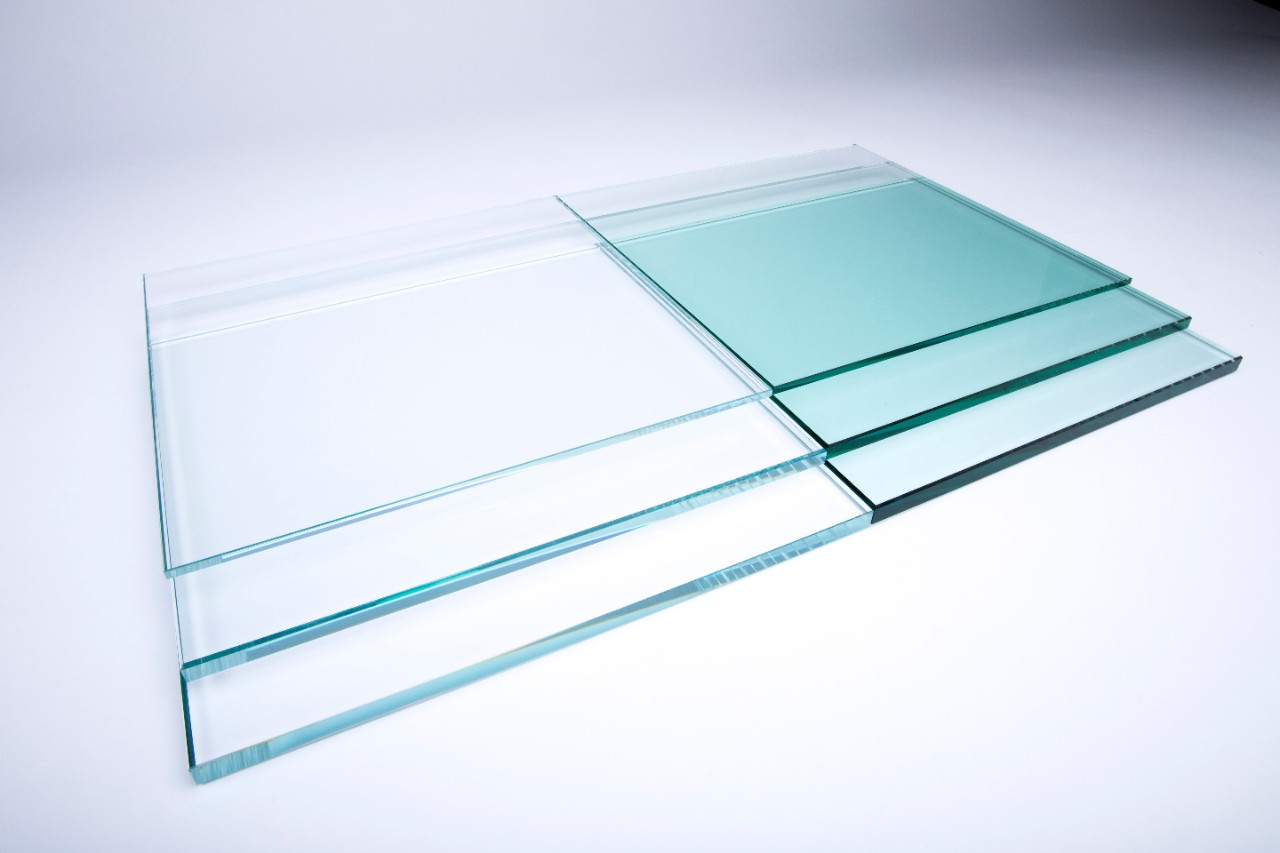
Guardian Float glass
Our float glass products offer different levels of transparency and color neutrality. Body tinted glass is also available to widen the aesthetic and performance options, especially when used as a base for our low-E coated products.

Want to know more about glass and its properties?
Guardian™ Glass offers you a wealth of technical notes, tools and online learning to enhance your knowledge about glass and help you specify the most appropriate glass for your project. Visit our Resource Hub to learn more!

Float glass... Versatile applications
Float glass is the base for many applications. It can be further processed to provide additional performance, aspects or shapes, whether for interior design or exterior architectural applications.
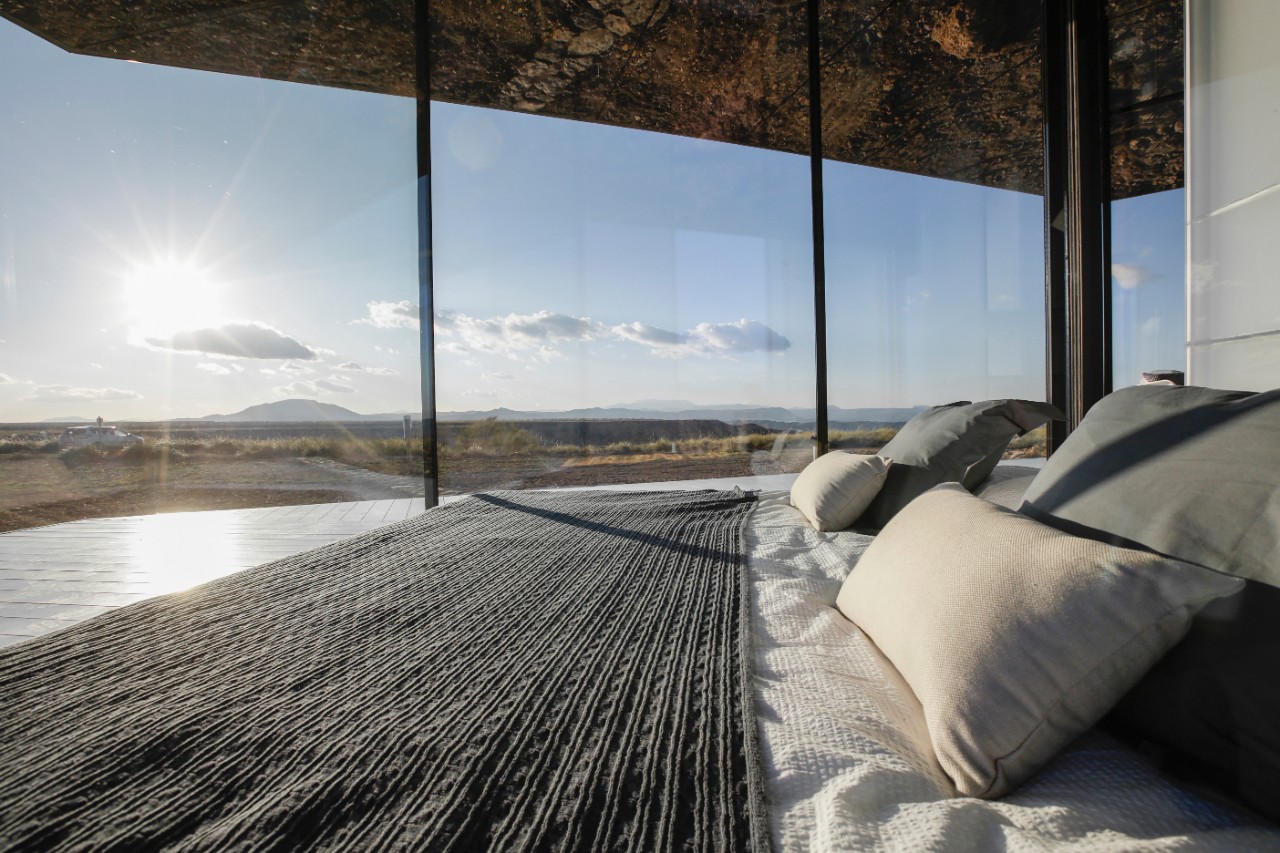
High performance glass
High performance glass can be used in windows, doors and curtain wall façades. It is coated to provide thermal insulation and/or solar control properties, which contribute to the energy efficiency of homes and buildings.
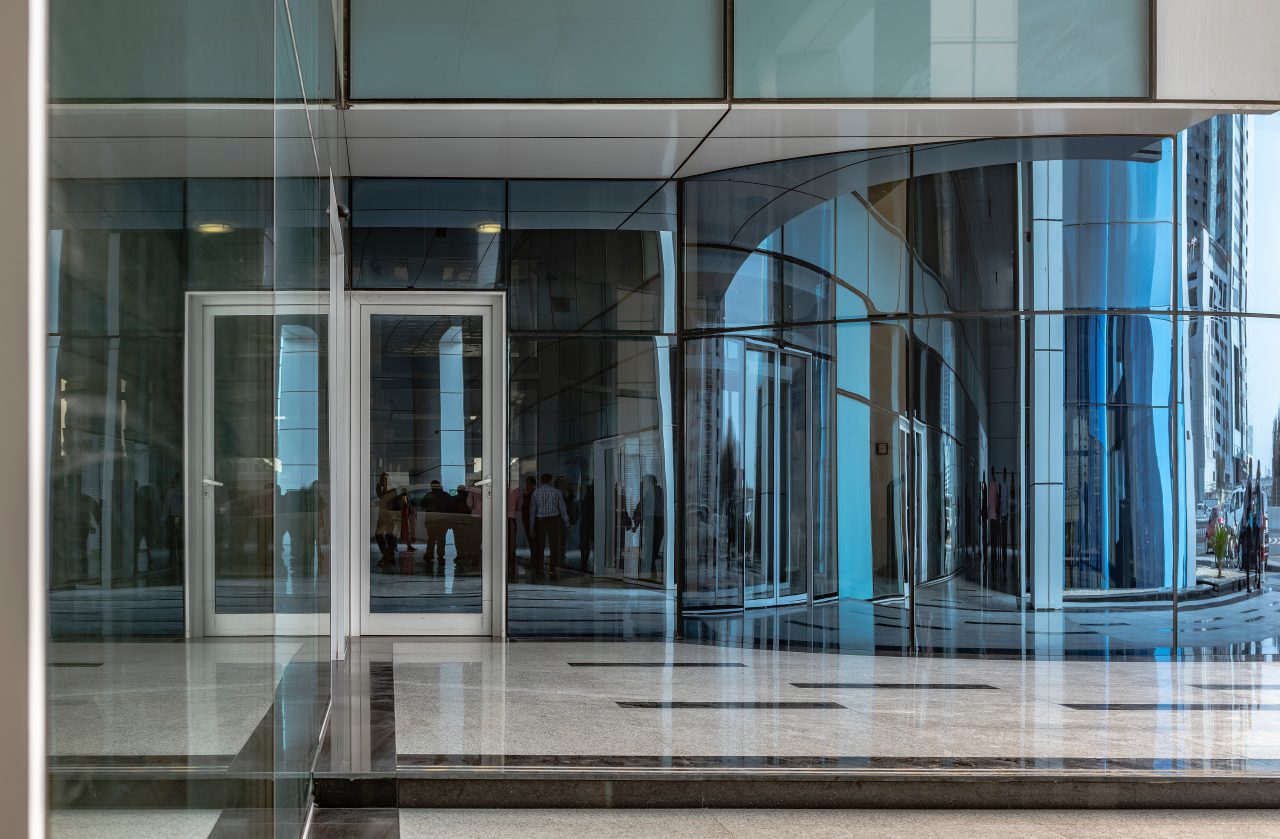
Safety and security glass
Float glass can be heat treated (tempered or heat strengthened) to give it increased strength and safety features. Heat strengthened glass is twice as strong and tempered glass four times stronger than annealed glass. Float glass can also be further processed into laminated glass to provide safety and security features.
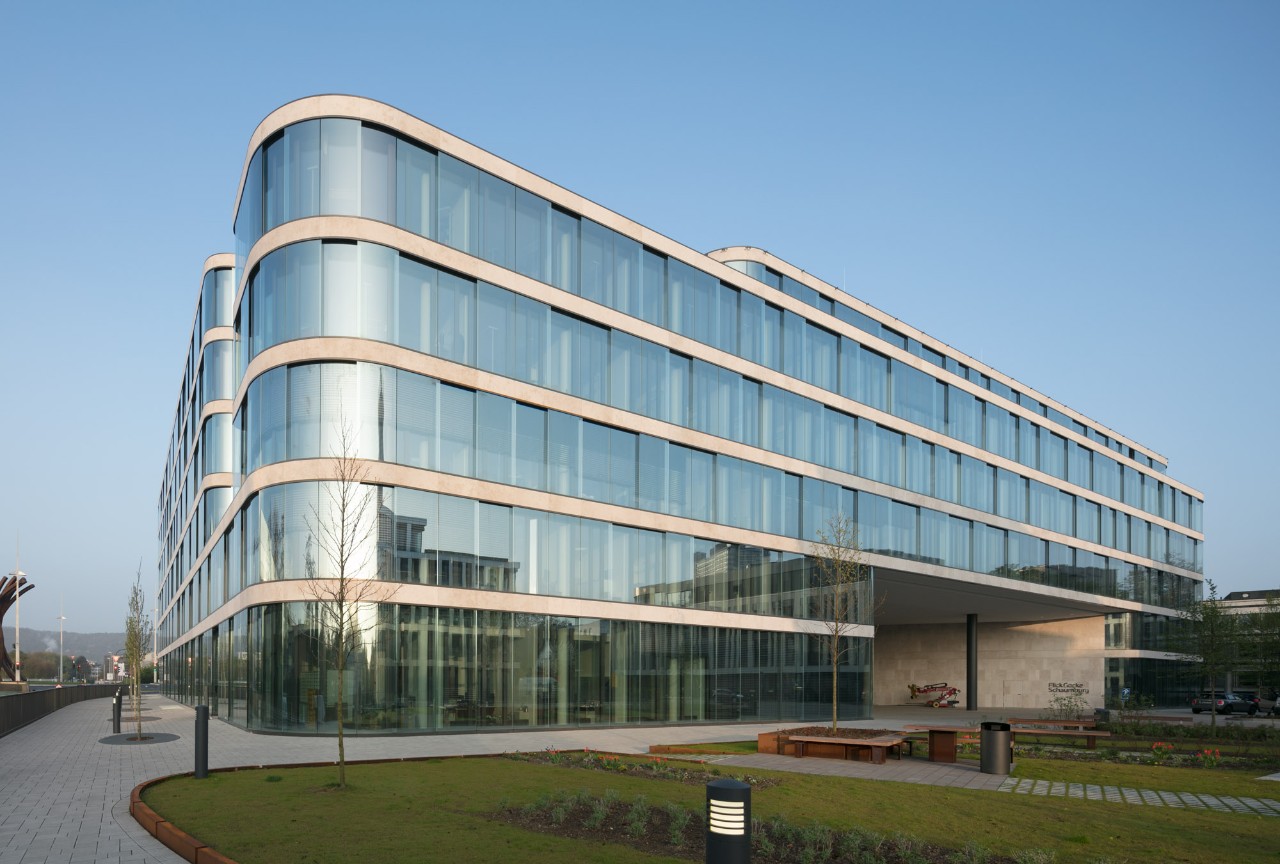
Curved glazing
The glass can be curved or bent using three different techniques: gravity bending, heat-treated bending and cold bending. Each of these has various benefits and allows various shapes to be formed. Although bending requires technical expertise, our high performance coated glass products can withstand the bending process while maintaining their aesthetic and functional properties.
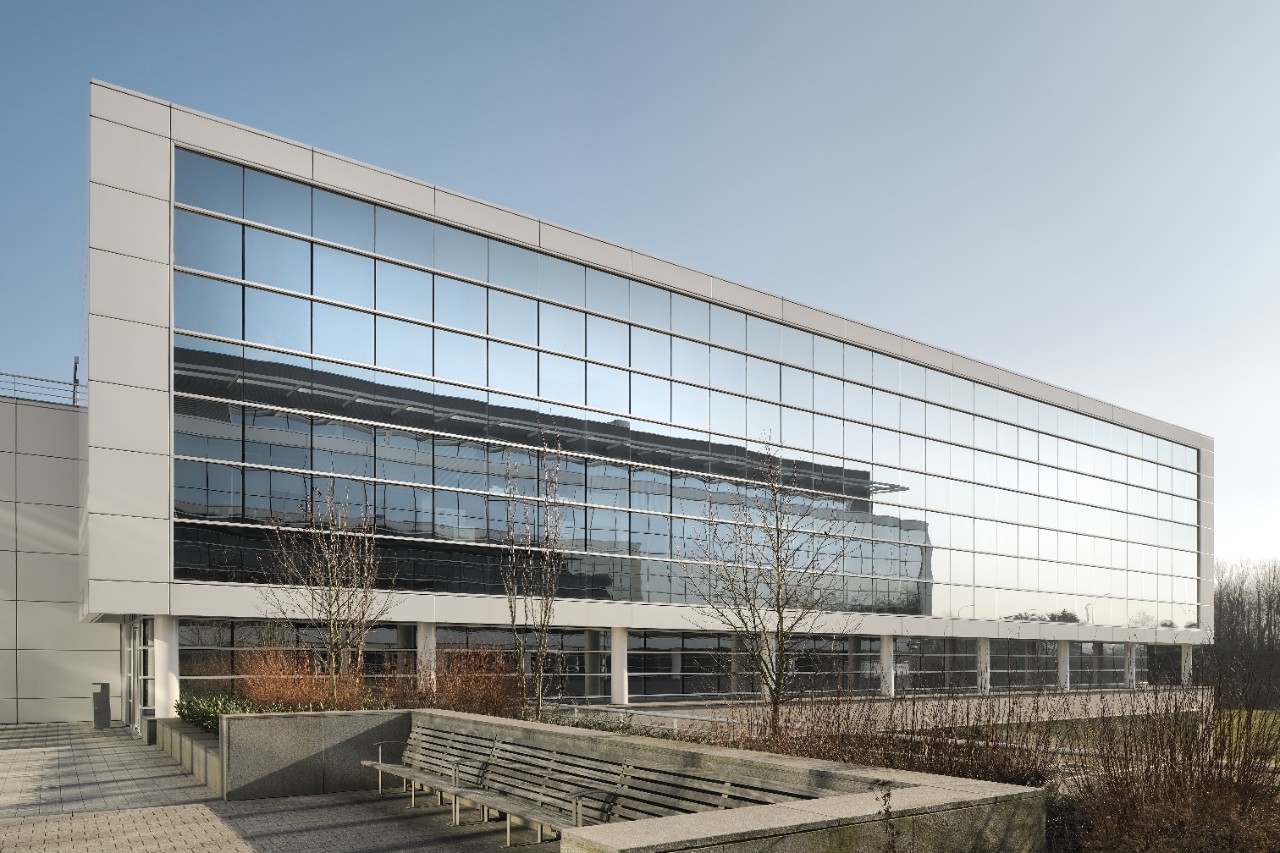
Ceramic printed glass
Enamels have been carefully developed for printing on float glass. After being applied to the glass, the enamels melt and fuse permanently to the glass surface during the heat-treatment process to form a colored ceramic layer. Various techniques can be used to apply the enamel on the glass and allow a full coverage of the glass surface or a partial coverage with different patterns. Enameled glass can be used only for aesthetic reasons in interior applications.
The foundation of everything we do
There is not a single project that hasn’t been made possible thanks to float glass. Visit our project section to discover these.
Why choose Guardian Glass?
Guardian Glass are experts in the creation and application of glass – constantly developing new glass technologies and techniques to deliver high performance glass solutions all around the world. We’re focused on expanding the boundaries of what can be achieved with glass. From landmark architectural projects to home interiors and retail spaces. This means we work hand in hand with our partners and customers across the supply chain to ensure exactly the right outcome. In other words, when it comes to glass, we help you see what’s possible.
Our float glass product solutions:
-

Guardian® Clear
Guardian Clear glass is a fundamental building block for many different types of architectural and interior application. It's a glass that’s particularly valued for its high light transmission, optical clearness and adaptability.
See more -

Guardian SuperClear
O vidro Guardian ExtraClear® contém menos ferro do que o vidro float padrão. Isso melhora muito a neutralidade das cores e também a transmissão de luz natural para oferecer vistas mais nítidas, limpas e naturais onde quer que ele seja instalado.
See more

.jpg.transform/rendition-1280-keep/img.jpg)
